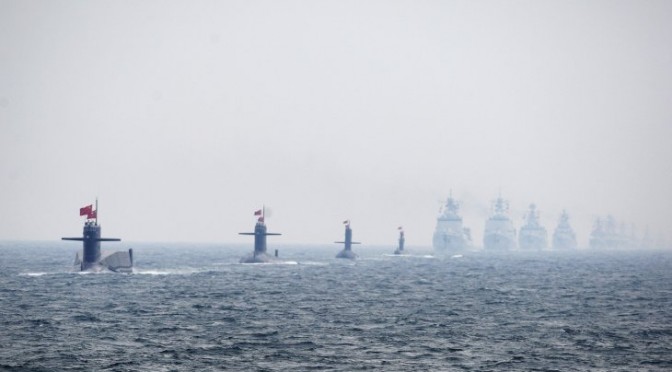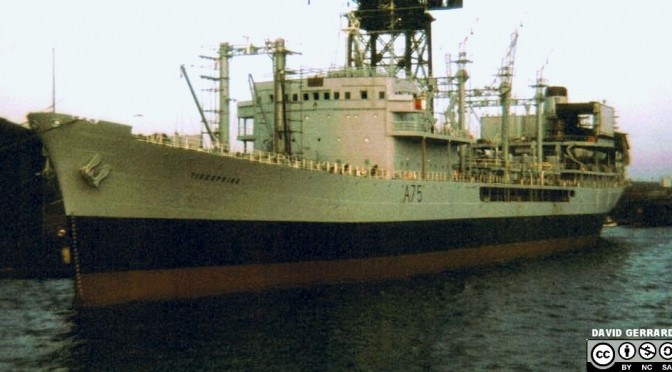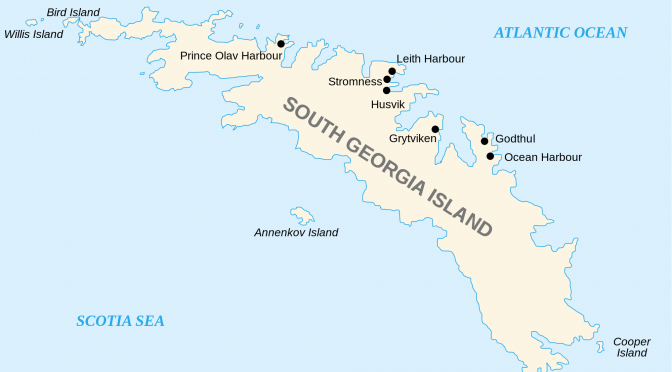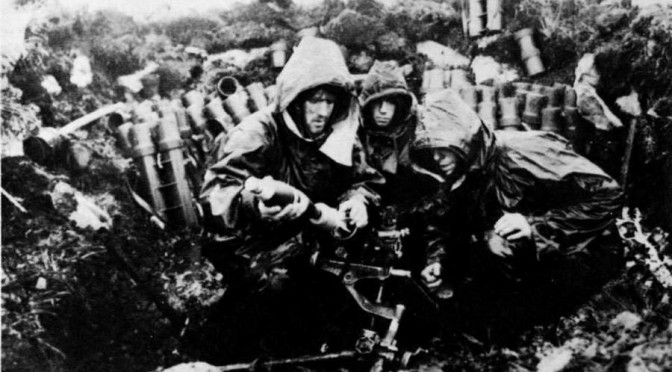The Security Environment
On 26 May 2015, China released its first ever White Paper focusing exclusively on military strategy. China’s economic rise propelled by an extensive growth strategy has caused its integration with the global economy. It has consequently developed expansive interests linking its fate with that of the global system, most notably its access to African and Persian Gulf resources. China’s transition from the ‘near coast defence’ maritime doctrine in the 1980’s (product of a maritime strategy that was seen only as an extension to the continental strategy) to the ‘near seas control’ doctrine till 2004 calling for China to exercise control up to the first island chain has mirrored China’s increasing integration in the global economy. The conferment of historical missions upon the Chinese Navy post 2004 required it to focus on the distant seas as well. That was symptomatic of the increased stakes China had in influencing the events in the maritime commons, and was a trend that has continued unabated. The document acknowledges this, noting that:
“In the new circumstances, the national security issues facing China encompass far more subjects, extend over a greater range, and cover a longer time span than at any time in the country’s history. Internally and externally, the factors at play are more complex than ever before.”
Taiwan’s reunification and safeguarding its territorial claims in the ‘near seas’ remain important to China. However, the emphasis accorded to safeguarding of China’s overseas interests is notable, as observed in the section on National Security Overview which says:
“With the growth of China’s national interests, its national security is more vulnerable to international and regional turmoil, terrorism, piracy, serious natural disasters and epidemics, and the security of overseas interests concerning energy and resources, strategic sea lines of communication (SLOCs), as well as institutions, personnel and assets abroad, has become an imminent issue.”
A Blue Water Force
The most revealing part of the strategy indicating China’s aim to build a globe spanning blue water navy says:
“..the PLA Navy (PLAN) will gradually shift its focus from “offshore waters defense” to the combination of “offshore waters defense” with “open seas protection,” and build a combined, multi-functional and efficient marine combat force structure.”
The section on force development goes on to say:
“The seas and oceans bear on the enduring peace, lasting stability and sustainable development of China. The traditional mentality that land outweighs sea must be abandoned, and great importance has to be attached to managing the seas and oceans and protecting maritime rights and interests. It is necessary for China to develop a modern maritime military force structure commensurate with its national security and development interests, safeguard its national sovereignty and maritime rights and interests, protect the security of strategic SLOCs and overseas interests, and participate in international maritime cooperation, so as to provide strategic support for building itself into a maritime power.”
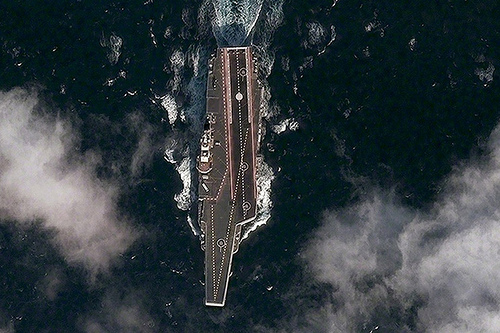
Far Seas Operations
The strategic guideline of active defence is prescribed for the military with a focus on winning local wars in conditions of modern technology and informationisation (with the maritime military struggle aspect being highlighted).
In the section about Preparation for Military Struggle, however a reference is made to the need to strengthen strategic prepositioning. Limited logistical support severely constrains the PLAN’s ability to operate beyond East Asia; and in context of the Indian Ocean, this could be interpreted to refer to the strengthening of a Chinese policy popularly dubbed as the ‘String of Pearls’. Recent talks between China and Djibouti aimed at enhancing Chinese naval operations in the region is part of a Chinese effort to establish a variety of access points in the Indian Ocean Region in the upcoming years.
Further (as seen in the U.S. Office of Naval Intelligence 2015 Report on the PLAN) it is clear that the Chinese naval order of battle is undergoing qualitative improvements as legacy combatants are giving way to larger multi-mission ships capable of undertaking a broader spectrum of missions. The PLAN’s involvement in diversified missions in the far seas is mirrored in both its acquisition patterns and far seas training patterns (as routine deployments in the Philippines, operations in the Mediterranean and increasing incursions in the Indian Ocean indicate).
Looking to the Future
China has enhanced overseas interests, is building a blue water fleet to conduct far seas operations and the Indian Ocean is slated to become an active area of operations for the PLAN. Should this set alarm bells ringing in India? The answer is that it’s too early to tell.
The Chinese fleet is currently optimized for anti-surface warfare and has made substantial investments and developments in advanced Anti-Ship Cruise Missiles and Over the Horizon Targeting systems in pursuit of the same. Proficient as it may be in Anti Surface Warfare and increasingly Anti Air Warfare (shipboard air defences having witnessed dramatic improvements of late) Anti-Submarine Warfare and power projection in contested environments remain weaknesses for China. Given PLAN’s priorities closer to home, the pace at which aircraft carriers, large deck amphibious ships (power projection tools) and its anti-submarine capabilities are bolstered will be indicating the priority PLAN places on being able to sustain far seas operations that can involve high intensity combat operations.
Just as important as adapting to these developments militarily though would be closely mirroring Chinese diplomatic approaches not just in the Indian Ocean region but within China’s backyard as well. Whether or not such an approach is considered feasible depends in large part on whether it is the pursuit of simply a reactive or a pro-active strategy that is being considered. Either way policy must be formulated keeping in mind the fact that China has growing global interests and this is occurring simultaneously with the loosening of its historic reticence for using its military forces in far seas operations.
This piece was originally published as a Viewpoint at the National Maritime Foundation. The author (Himanil Raina) can be reached at himanilraina@gmail.com.

